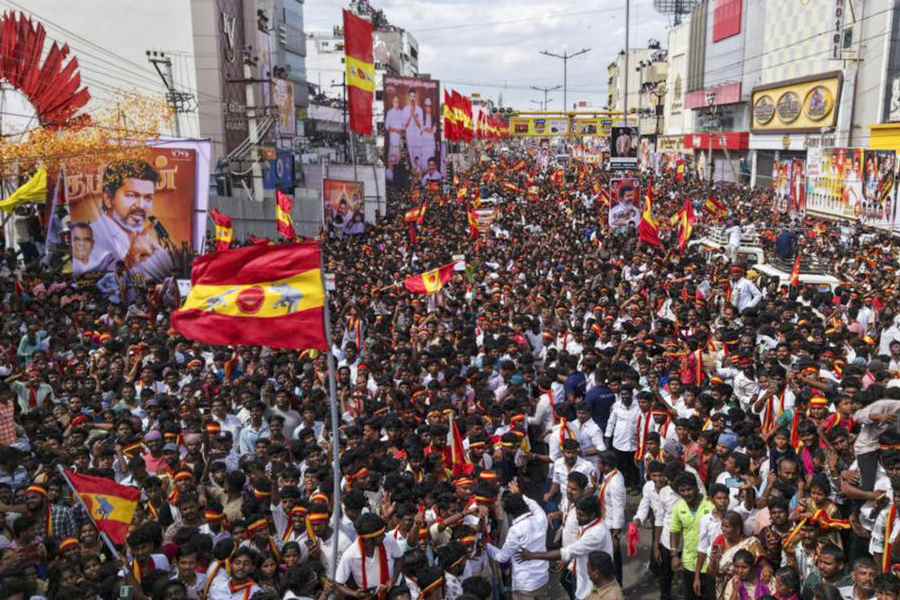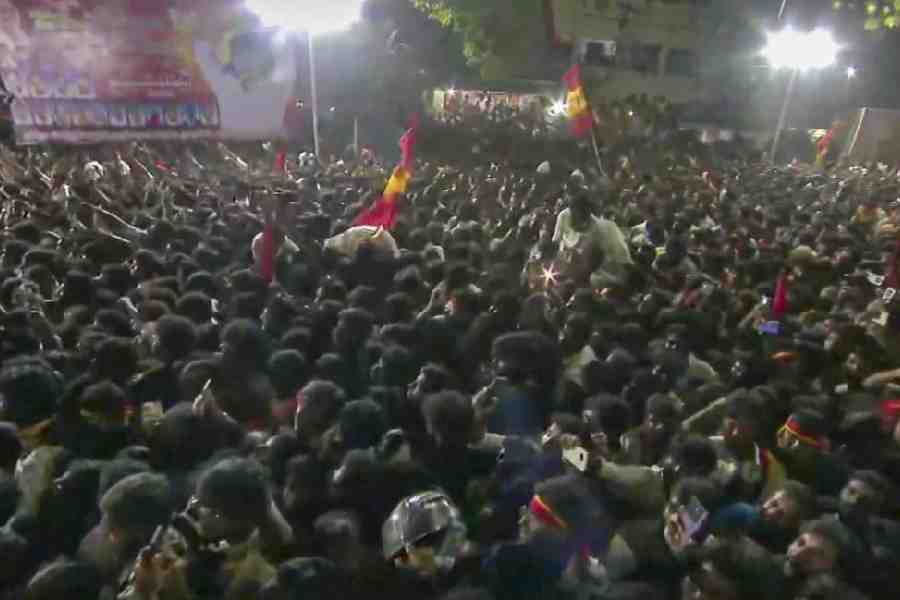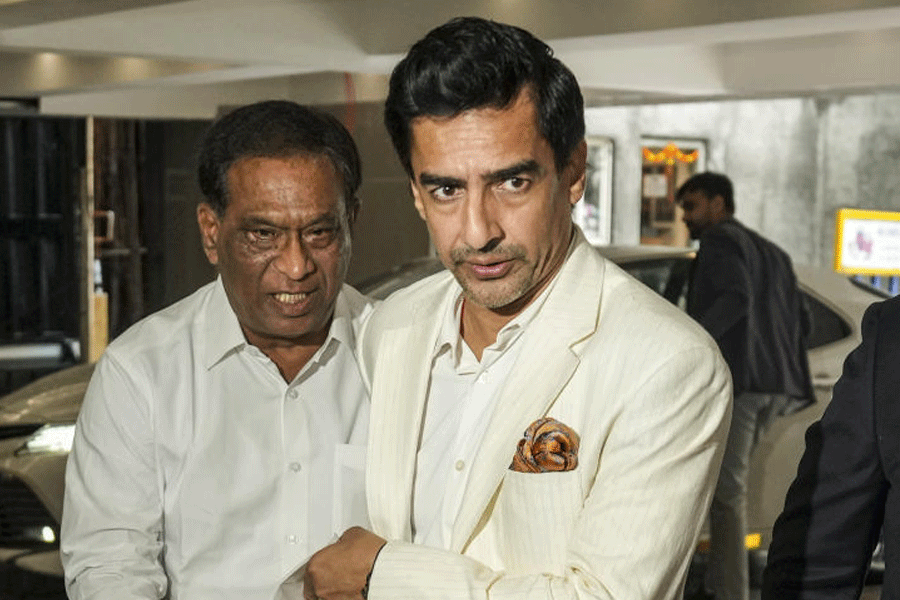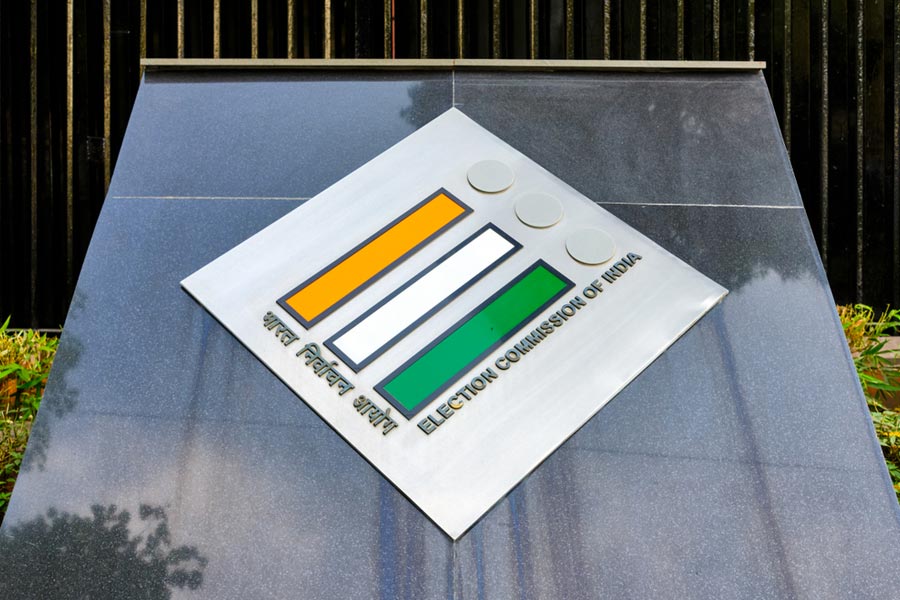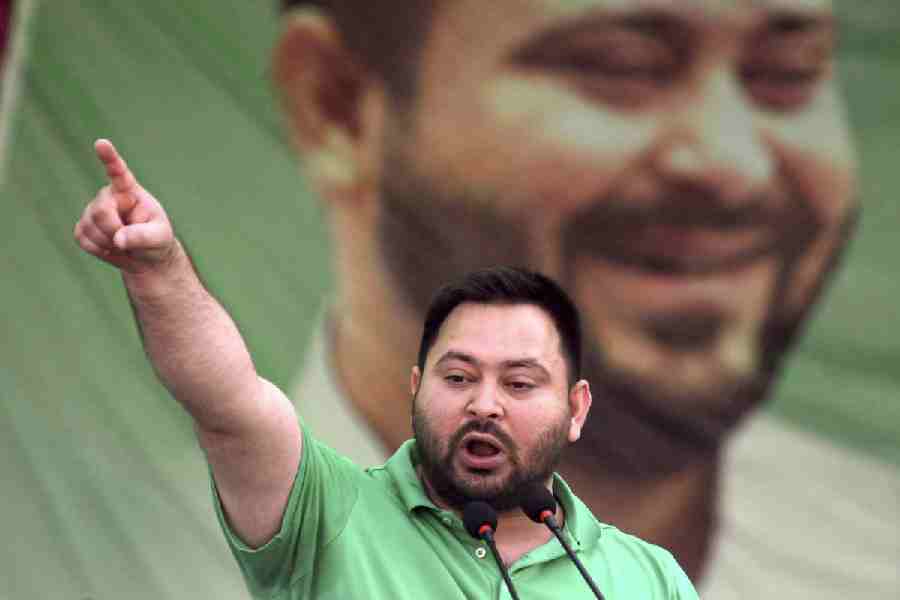 |
| GUYS JUST WANT TO HAVE FUN: Scenes from (below) 3 Idiots and (top) Zindagi Na Milegi Dobara |
 |
Three friends are driving through Spain and are enjoying every — well almost every — moment of it. The story of the lives of the three who studied and played together is interspersed with flashbacks, which, in turn, are neatly punctuated with squishing tomatoes and bulls on the run. And audiences can’t have enough of Zoya Akhtar’s Zindagi Na Milegi Dobara (ZNMD) — released last month.
Male bonding is seemingly the mantra for a healthy footfall in multiplexes. ZNMD — underscoring the belief that “boys will be boys” — is not the only film in this genre of guy flicks to have wooed both the urban man and woman. This year has seen a number of guy flicks: male bonding is the theme in several films ranging from Delhi Belly and Pyaar Ka Punchnama (PKP) to Dil To Bachcha Hai Ji and Yamla Pagla Deewana.
So what is a guy flick all about? It’s the reverse image of the chick flick; a film about men and their angst, or lack of it. Of course, Bollywood versions of the genre have figured for decades, though the form has adapted itself to changing times. The 1964 film Dosti, for instance, focused on the relationship between two friends — one blind and the other with a severed leg.
A little more than a decade later, another path-breaking film about two friends to make its presence felt was Sholay, which had Amitabh Bachchan and Dharmendra’s friendship running like a thread through a story of violence, vengeance and love.
The formula has struck gold. The trend got a boost with Farhan Akhtar’s directorial debut Dil Chahta Hai in 2001, which was about three friends holidaying in Goa. The 2008 film Rock On! — the story of a rock group which disbands and comes together again — was another runaway hit. Farhan’s Excel Entertainment, a film production company that he floated with Ritesh Sidhwani, produced both the films, as well as ZNMD.
“Perhaps it was because they believed in this concept,” says director Zoya Akhtar, when asked about her brother’s predilection for male bonding. And as for her film, she replies that her aim was to direct a road movie.
“Since I have been on innumerable road trips, there was always this desire to make an outdoor film.” She and Reema Kagti, who was her co-script writer, didn’t really think they were making a guy flick when they penned the script for ZNMD. “Perhaps the fact that we have grown up with guys and know them really well made us develop good characters,” reasons Zoya.
The curious bit about such films is that most of them are successful, unlike many chick flicks — such as Aisha, Love Ka The End or Turning 30 — which failed to click with the audience. “Most chick flicks show the female protagonist as a very pure character, which is definitely not realistic. And perhaps that weakens the film,” says Luv Ranjan, writer and director of PKP. “That apart, most of the filmmakers while making chick flicks create very weak male characters and tend to go a little overboard. All this kills the film,” he argues.
On the other hand, films that focus on male bonding tend to hinge on humour, which is a Bollywood yardstick for success. “Maybe the nature of the content makes for good entertainment,” reasons Abhishek Kapoor, the director and scriptwriter of Rock On! “There are inherent light moments that tickle the audience, and hence make the film commercially lucrative. But the story and screenplay have to be well entwined for it to be a good film.”
Some would say one reason such films are successful is that women — in increasingly large numbers — are taking open pleasure in eyeing good looking men. One of ZNMD’s USP, for instance, is the presence of three handsome hunks — Hrithik Roshan, Farhan Akhtar and Abhay Deol.
“Of course, having three good looking men on board does appeal to the women audience. I am sure the eye candy factor adds to the film,” says Zoya.
Others argue that another reason for the success of these films is the fact that the characters are not all good or bad. Characters tend to have both traits blended in a way that appeals to the viewer. To top it, the script is often realistic, based on normal conversation — full of schoolyard humour, for instance — that the modern filmgoer can identify with. “In the urban environment conversation is the key. If you recall the conversation in Zoya’s ZNMD, it’s very real and that connects with the audience,” says social scientist Shiv Visvanathan.
Luv Ranjan has his own take on the subject. The films succeed, he argues, because they turn a subject on its head. “Most movies show a girl being used or cheated. But with changing time, the scenario has changed. Today women can also be manipulative in a relationship. It is this role reversal that clicked with my film,” he says, referring to PKP.
What’s clear is that the genre’s got Midas’s touch. “ZNMD has done good business for us. And we are willing to co-produce more such films that will connect with the new urban Indian,” says Kamal Jain, chief financial officer of Eros International Media Ltd, the film’s co-producer. According to some reports, the film collected Rs 88 crore by its fourth weekend in the first week of August.
Bollywood has found a new formula for hits. And no one is complaining. Certainly not the women.
Some memorable guy flicks
ZINDAGI NA MILEGI DOBARA (2011): Three friends are on a road trip in Spain, finding love and restoring old ties
DELHI BELLY (2011): Three roommates get entangled in a diamond smuggling case
PYAAR KA PUNCHNAMA (2011): Men crib to each other about women who boss over them
DIL TOH BACHCHA HAI JI (2011): An out-and-out guy film that explores the psychology
of men
3 IDIOTS (2009): Three men explore fun, friendship — and old times
ROCK ON! (2008): Members of a rock band come together after a bitter break up
GOLMAAL series (starting 2006): Boys have fun
DIL CHAHTA HAI (2001): A trend-setter about three friends and what a Goa trip does to them
SHOLAY (1975): The iconic film is still remembered for Jai and Veeru’s friendship and the song Yeh dosti


